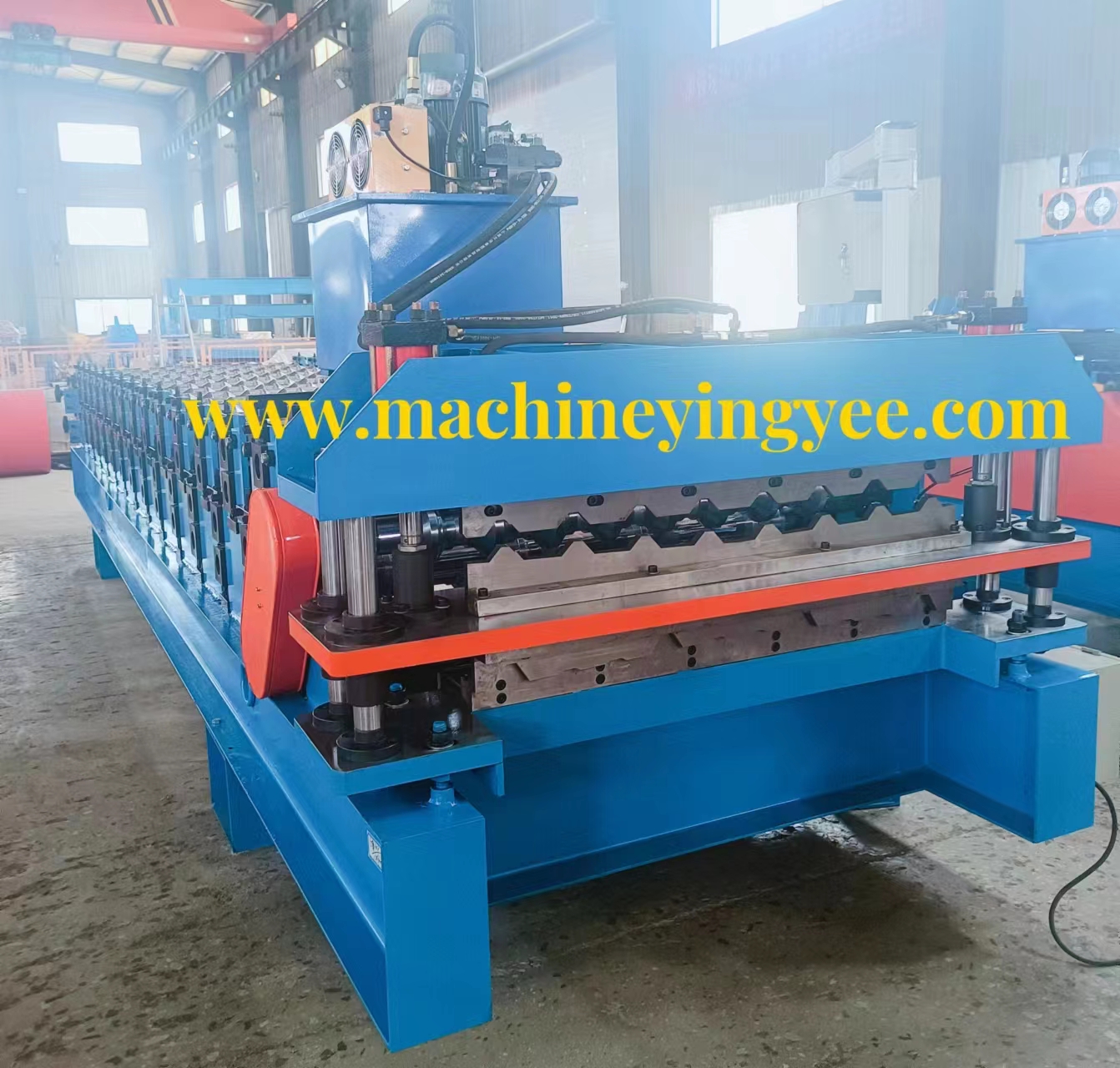
The Importance of Metal Cutting to Length in Manufacturing
In today’s fast-paced manufacturing environment, precision and efficiency are more critical than ever, especially in the processing of materials like metal. One of the essential operations in metal fabrication is the cutting of metal to length. This process serves various applications and industries, including construction, automotive, aerospace, and machinery production. Let's delve deeper into what metal cutting to length entails, its significance, the techniques employed, and its impact on overall production efficacy.
Understanding Metal Cutting to Length
Metal cutting to length involves the precise cutting of metal sheets, bars, and other forms to specified dimensions. This process is foundational in metal fabrication and ensures that components conform to the required measurements for subsequent manufacturing processes. The cutting operation can be performed on a range of metals, including steel, aluminum, brass, and copper, which all have unique characteristics that influence the cutting process.
Techniques for Metal Cutting to Length
There are several methods employed for metal cutting, each suited for different types of materials and sizes
. Some common techniques include1. Shearing This method employs mechanical shear to cut through metal sheets and plates. It is efficient for producing straight cuts and is ideal for high-volume production. Shearing machines can handle various thicknesses and widths, making them versatile in different applications.
2. Sawing Metal sawing can be done using band saws, circular saws, or reciprocating saws. Band saws are particularly useful for cutting larger and thicker materials, while circular saws are effective for quicker cuts in sheet metal.
3. Laser Cutting A more modern technique, laser cutting utilizes focused laser beams to achieve high precision and clean cuts. This method is particularly effective for intricate designs and can be used on a variety of metals.
4. Plasma Cutting This technique involves using a plasma torch to cut metal. It is especially efficient for thicker metals and can handle larger pieces that other methods may struggle with. Plasma cutting is widely used in industrial applications due to its speed and versatility.

5. Water Jet Cutting This method employs high-pressure jets of water, often mixed with abrasive particles, to cut through metal. It is ideal for materials that may be sensitive to high temperatures, as it ensures no thermal distortion occurs.
Significance of Metal Cutting to Length
The precision achieved through metal cutting to length is vital for several reasons
1. Cost Efficiency Accurate cutting reduces material waste, ensuring that manufacturers make the most out of the raw materials. Reducing scrap not only saves money but also minimizes the environmental impact associated with excess production waste.
2. Time Savings When components are cut to length accurately, they can be quickly processed further in the manufacturing pipeline. This efficiency can substantially speed up production timelines and enhance overall throughput.
3. Quality Assurance Maintaining stringent dimensional tolerances is crucial for overall product quality. Components that are cut to the correct lengths fit together seamlessly during assembly, reducing the risk of defects and ensuring enhanced structural integrity.
4. Customization Many industries require custom sizes for their metal components to fit specific applications. Metal cutting to length allows for this flexibility, enabling manufacturers to meet unique client demands effectively.
Conclusion
In conclusion, metal cutting to length is a fundamental process in the manufacturing sector, providing numerous benefits in terms of efficiency, cost savings, and product quality. As technology continues to evolve, newer cutting techniques such as laser and water jet cutting are becoming increasingly popular, providing greater precision and versatility. As industries across the globe continue to grow, the importance of metal cutting to length will only increase, making it an indispensable aspect of modern manufacturing practices. By embracing advancements in cutting technology and methodologies, manufacturers can stay competitive and responsive to the ever-changing market demands.